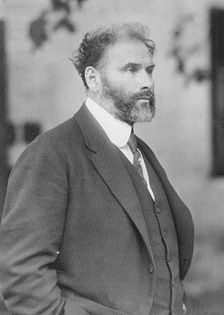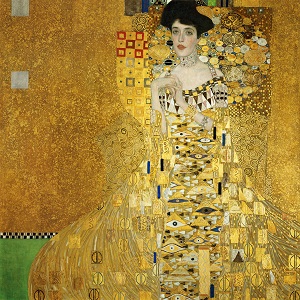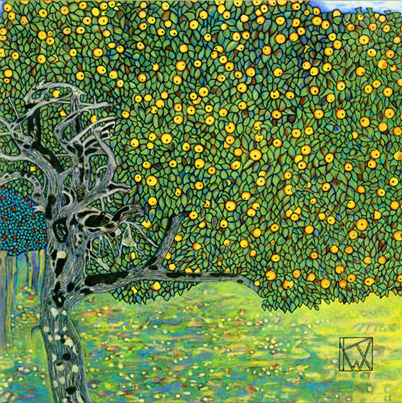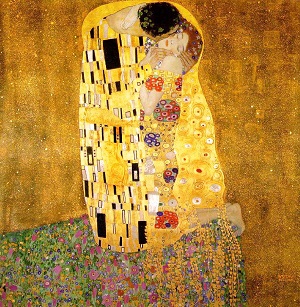Gustav Klimt
Gustav Klimt was born 150 years ago, on 14th July 1862, into a lower-middle-class family in the Viennese suburb of Baumgarten as the second of seven children. His childhood and youth coincided with the zenith of the Gründerzeit, the period in nineteenth-century Germany and Austria marked by economic prosperity and large-scale construction. The great Ringstrasse project of monumental building was just entering its final phase. Despite their difficult financial situation, the Klimts enjoyed a harmonious family life, and the siblings remained close throughout their lifetimes.

Gustav Klimt
With much sacrifice on the part of the family, the talented young Gustav was sent to Vienna's School of Arts and Crafts (Kunstgewerbeschule), which later became the University of Applied Arts. He soon found himself in the midst of a group of artists who were working on the decoration of the new Ringstrasse buildings. At the beginning of the 1880s he, along with his brother Ernst and Franz Matsch, founded the Künstler-Compagnie, and over the next ten years they received commissions to create murals and ceiling paintings in numerous buildings in Vienna and throughout the entire Austro-Hungarian Empire. With the death of Ernst Klimt in 1892, this "Company of Artists" disintegrated. But artistically Gustav Klimt had already outgrown the historicist style of interior decoration. In turn-of-the-century Vienna, where Sigmund Freud was publishing his epoch-making works, art too was searching for new directions. Under the influence of Symbolism, Klimt was searching for a new formal language that would enable him to depict the landscapes of the soul characterized by dark emotions and hopeful fantasy images.
The Vienna Secession
In 1897 Klimt was catapulted into the public eye, becoming a founding member and the first president of the Vienna Secession, a group of artists striving for a renewal of art. The Secession, on the city's Karlsplatz, became the exhibition space for the new movement. It was the period of the most prominent scandals that the Austrian art world had ever seen, a series of events that culminated in 1900 with the so-called "faculty pictures" Klimt painted for the Great Hall of Vienna University. Klimt's Beethoven Frieze, painted for the Fourteenth Secession Exhibition in 1902, marked the beginning of a new creative period characterized by the dominance of ornamentation and the increased use of gold leaf: Klimt's "Golden Phase", which was to culminate in the painting The Kiss (1907/1908).




